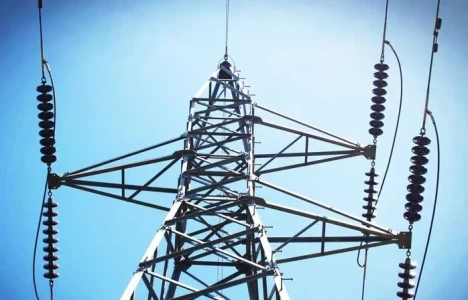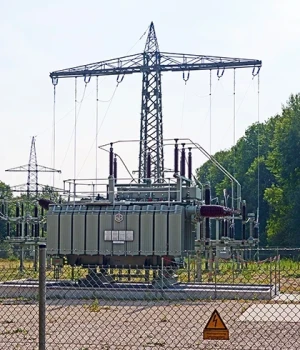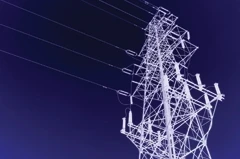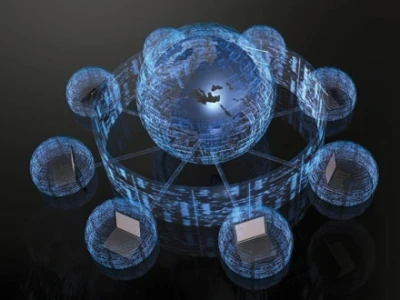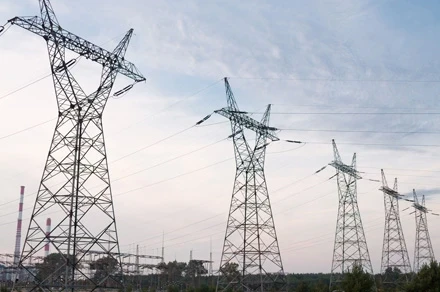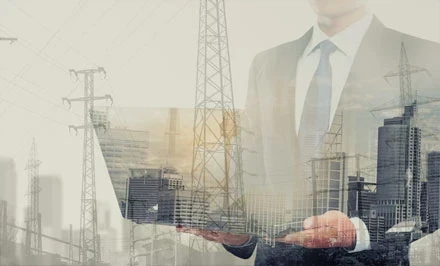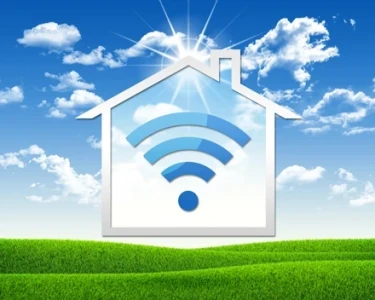The Intelligent City of Tomorrow

The term “smart city” is becoming increasingly common, especially in the public services sector. Cities of all sizes have interdependent systems, from electricity, water, and gas utilities to transportation systems to municipal lighting systems.
City officials are discovering how to leverage and apply certain technology to systems such as utilities and public service departments. However, more importantly, officials are beginning to understand technology’s numerous benefits to the city’s operations and citizenry.
Consider a city that is experiencing traffic issues and seeking to improve its transportation system. By looking at energy consumption rates inside office buildings and residences, the city could identify peaks and dips in energy use to determine when citizens were traveling to and from work and extrapolate the subsequent impact on traffic patterns.
Now, cities are moving from their comfort zone to increase interconnectivity with utilities and public service departments.
Furthermore, cities are becoming more sophisticated about asset management on both a short- and long-term basis. If a utility is solving a problem in the electric grid through its communication network, it can use the same technology to address other applications such as street lighting to conserve energy, prevent crime, and increase operational efficiency.
This type of interconnectivity will enable electric utilities to collaborate with other utilities and public service departments to reduce inefficiencies and provide cost savings.

